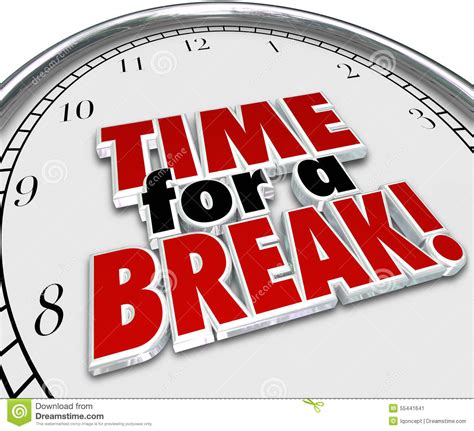Elite recovery: What post-workout strategies optimize muscle repair & performance?

The Science of Post-Workout Recovery
For athletes and fitness enthusiasts alike, the effort put into a workout is only half the equation. What happens immediately after and in the hours that follow is equally, if not more, critical for muscle repair, adaptation, and ultimately, enhanced performance. Elite recovery isn’t just about resting; it’s a strategic, multi-faceted process designed to optimize physiological responses, reduce soreness, and prepare the body for the next challenge. Understanding and implementing these strategies can be the difference between hitting a plateau and consistently achieving new personal bests.
Recovery is not a passive state but an active pursuit involving several key pillars. When muscles are stressed during exercise, microscopic tears occur in the fibers. The body’s remarkable ability to repair these tears and rebuild stronger is what leads to increased strength and endurance. However, this process requires specific inputs and conditions. Neglecting recovery not only hinders progress but can also lead to overtraining, injury, and burnout. Let’s delve into the essential strategies that unlock peak performance.

Fueling Muscle Repair: The Importance of Post-Workout Nutrition
The first and most immediate recovery strategy involves nutrition. What you consume after a workout directly impacts your body’s ability to repair muscle tissue and replenish energy stores. This isn’t just about calories; it’s about the right macronutrients at the right time.
Protein for Rebuilding
Protein is the cornerstone of muscle repair. Intense exercise breaks down muscle protein, and consuming protein post-workout provides the necessary amino acids to initiate muscle protein synthesis (MPS). Aim for a rapidly digestible protein source, such as whey protein or lean meats, within an hour or two after training. A general guideline is 20-40 grams of protein, depending on body weight and workout intensity.
Carbohydrates for Replenishment
Carbohydrates are crucial for replenishing glycogen stores, which are your muscles’ primary energy source. After a strenuous workout, these stores are depleted. Consuming fast-acting carbohydrates like fruits, rice, or potatoes alongside protein helps shuttle nutrients into cells and kickstarts the recovery process. A common recommendation is a 2:1 or 3:1 carbohydrate-to-protein ratio, especially after intense or prolonged exercise.

Hydration: The Unsung Hero of Recovery
Often overlooked, proper hydration is fundamental to every bodily function, including recovery. During exercise, you lose significant fluids and electrolytes through sweat. Dehydration can impair nutrient transport, reduce blood volume, and hinder metabolic processes vital for repair.
Begin rehydrating immediately post-workout with water or an electrolyte-rich beverage. The goal is to replace what was lost, which can be estimated by weighing yourself before and after exercise (each pound lost equates to roughly 16-20 ounces of fluid). Continue to sip fluids throughout the day to maintain optimal hydration levels.

The Power of Sleep: Your Body’s Ultimate Repair Shop
While nutrition and hydration lay the groundwork, sleep is where the magic truly happens. During deep sleep stages, your body releases growth hormone, essential for muscle repair, growth, and tissue regeneration. It’s also when your central nervous system recovers, which is vital for maintaining high levels of performance and preventing burnout.
Aim for 7-9 hours of quality sleep per night. Establish a consistent sleep schedule, create a dark and cool sleep environment, and avoid screens before bed to optimize your body’s natural recovery processes. Compromised sleep can lead to decreased performance, impaired immune function, and increased risk of injury.

Active Recovery and Mobility: Keeping the Blood Flowing
While rest is important, complete inactivity isn’t always the best approach. Active recovery involves low-intensity exercise that helps increase blood flow to muscles, delivering nutrients and flushing out metabolic waste products, thus reducing muscle soreness (DOMS).
- Light Cardio: A gentle walk, slow cycle, or swimming for 20-30 minutes can be highly beneficial on rest days.
- Stretching and Foam Rolling: Incorporating static stretching, dynamic mobility drills, or foam rolling can improve flexibility, range of motion, and alleviate muscle tightness. This also aids in breaking up adhesions and promoting better circulation.

Therapeutic Modalities: Targeted Recovery Techniques
Beyond the basics, various therapeutic modalities can offer additional benefits for recovery:
- Cold Therapy (Ice Baths, Cryotherapy): Reduces inflammation and numbs soreness. While research on its impact on long-term adaptation is mixed, it can be effective for acute recovery and pain management.
- Heat Therapy (Saunas, Warm Baths): Promotes blood flow, muscle relaxation, and can help alleviate stiffness and improve flexibility.
- Massage: Can improve circulation, reduce muscle tension, and enhance relaxation.
Conclusion: A Holistic Approach to Elite Recovery
Optimizing muscle repair and performance is not about a single magic bullet but a comprehensive, consistent approach to recovery. By strategically integrating immediate post-workout nutrition, diligent hydration, prioritizing quality sleep, incorporating active recovery, and judiciously utilizing therapeutic modalities, you empower your body to adapt, grow stronger, and perform at its peak. Treat recovery with the same dedication you give to your workouts, and you’ll unlock your full athletic potential, minimize injury risk, and enjoy sustained progress on your fitness journey.









